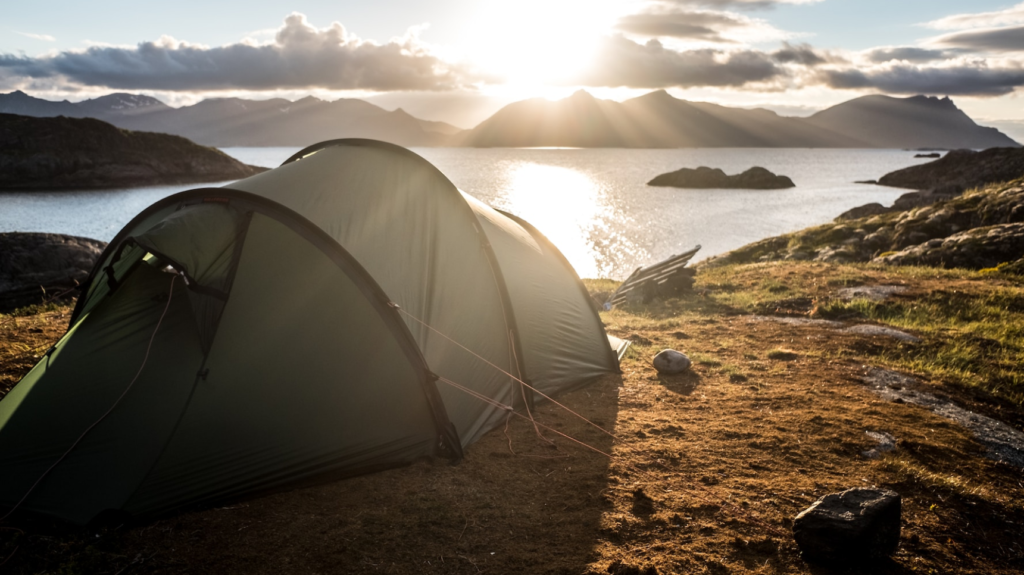New experiences – Excitement – Adventures
Japan

Futuristic Experiences, Zen Landscapes, Delicious cuisine, New experiences, Excitement & Adventures
Japan can be described as a remarkable conundrum deeply traditional yet also strangely forward thinking; innovative yet entrenched – it is a country that is compelling and also vexing. Just when you might think you understand it, you realize how much more there is to comprehend. For the traveller there are few, if any other countries and cultures, that make such a lasting impression. Steeped in history, shaped by a strict cultural tradition but eager today to engage with the world, Japan is a wonderful travel destination.
learn more about our consultations
Ready for the Land of the Rising Sun?
Japan is called the “land of the rising sun” because from China it appears that the sun rises from the direction of Japan. The Japanese people call their country “Nippon” or “Nihon,” which literally translated means “source of the sun”. This amazing country is filled with experiences and adventures that makes everyone feel like they have stepped into a land of it’s own.
When to visit?
The best time to visit Japan is during spring (March to May) and fall (September to November). This is when Japan is at its most vibrant, with delicate cherry blossom or bright red leaves adding contrast to the scenery. But it can also be very crowded at this time. The summer months (June to August) offer ideal conditions for hikers and lovers of the outdoors, but only in the mountains of the Japanese Alps and Hokkaido’s wild national parks. Elsewhere, the weather is hot and humid. Rainy season occurs from the end of May until the middle of June or July.
What to see?
Local attractions: These are our favourite places and hidden gems throughout Japan.

How about the accommodation?
Japan offers a wide range of accommodation types in both Japanese and Western styles, including some unconventional forms such as capsule hotels and temple lodgings. Rates range from less than 2,000 yen per person in a dormitory to over 50,000 yen per person in a first-class hotel or ryokan.
ways to get around
We highly recommend seeing the towns and villages in a meaningful manner by bicycle since it’s environmentally friendly and helps provide income to local businesses. Train travel is also an option between cities as it will offer the best opportunity to mix with locals. Personal encounters such as these can become your most cherished memories. When you join us on the Japan Journey, our specialists will also arrange your transport options for you, leaving you with nothing to worry about once you depart.
Trains
The best Japan Rail Pass is the hi-tech “Shinkansen” trains. They are the most convenient and economical option when taking multiple train journeys across Japan.
Taxis
In the larger cities you’ll find taxis around almost every corner. Taxi fares are generally fairly high, although this does vary from city to city. If you do choose to move about by taxi, we recommend not using them during morning and evening rush hours to avoid the traffic and an ever-increasing taxi fare!
Bicycles
Getting around in the smaller cities and towns couldn’t be easier! Many hotels and guest houses often have bicycles to rent or sometimes free with your stay. In the smaller towns the roads are less busy and so are perfect for seeing life above ground comfortably and for very little cost
ways to get around
We highly recommend seeing the towns and villages in a meaningful manner by bicycle since it’s environmentally friendly and helps provide income to local businesses. Train travel is also an option between cities as it will offer the best opportunity to mix with locals. Personal encounters such as these can become your most cherished memories. When you join us on the Japan Journey, our specialists will also arrange your transport options for you, leaving you with nothing to worry about once you depart.
travel tips
Here’s what you should and shouldn’t do in Japan:
In a country with a unique culture like Japan, visitors can feel daunted by the rules and social norms that regulate public life and interpersonal relations. Foreigners visiting Japan are not expected to be familiar with Japanese etiquette but knowing a few basics will go a long way in helping you adapt to local customs and avoid making cultural gaffes. If you’re planning a trip to Japan, here are a few cultural faux pas you should be aware of.
- Don’t break the rules of chopstick etiquette.
- Don’t wear shoes indoors.
- Don’t ignore the queuing system.
- Don’t blow your nose in public.
- Don’t leave a tip.
- Avoid loud phone conversations while on public transit.
- Don’t point out things in public.
In a country with a unique culture like Japan, visitors can feel daunted by the rules and social norms that regulate public life and interpersonal relations. Foreigners visiting Japan are not expected to be familiar with Japanese etiquette but knowing a few basics will go a long way in helping you adapt to local customs and avoid making cultural gaffes. If you’re planning a trip to Japan, here are a few cultural faux pas you should be aware of.
- Don’t break the rules of chopstick etiquette.
- Don’t wear shoes indoors.
- Don’t ignore the queuing system.
- Don’t blow your nose in public.
- Don’t leave a tip.
- Avoid loud phone conversations while on public transit.
- Don’t point out things in public.
UPCOMING ADVENTURE
Discover The Philippines through one of our adventures or book your own







